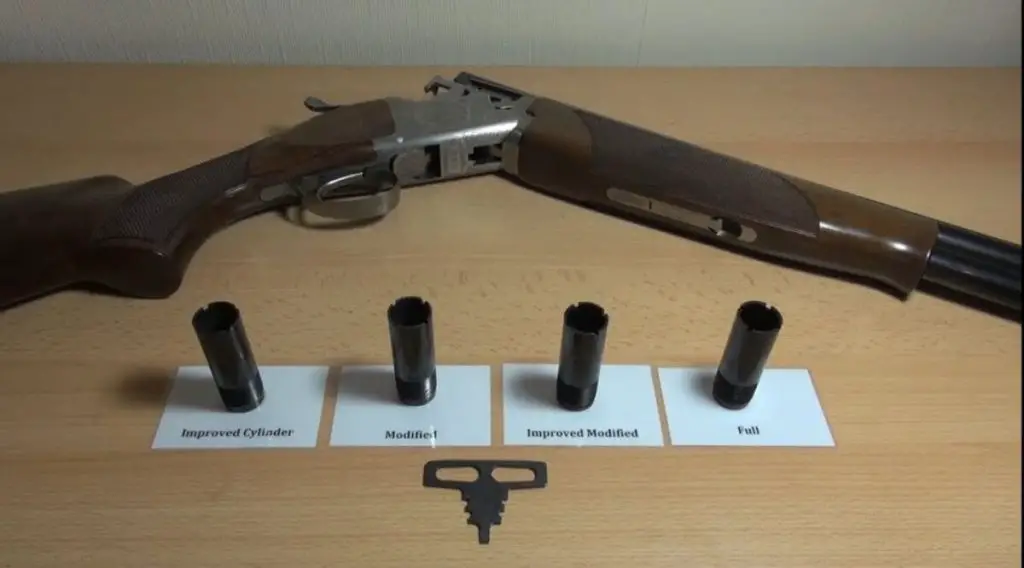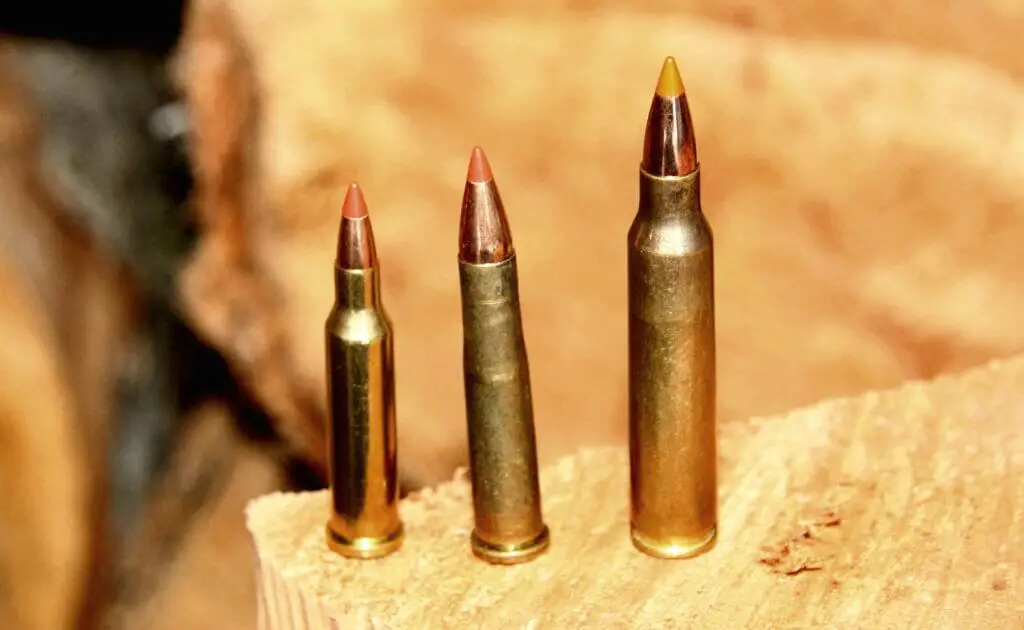The Browning BAR Mark 3 rifle is a favorite among hunters and marksmen who value accuracy, consistency, and quality in their firearms. Although this reliable semi-automatic rifle is generally well received, it is not without its share of potential concerns. In this comprehensive guide, we will dive into some of the most commonly discussed Browning BAR MK3 problems and provide you with the necessary details to troubleshoot, understand, and potentially fix those issues.
Feed and Ejection Issues
One of the most common issues reported by BAR MK3 users is feed and ejection malfunctions.
Failure to Feed
Failure to feed occurs when the rifle does not successfully chamber a round from the magazine. Some potential causes for this problem are:
- Damaged or dirty magazine
- Improperly seated magazine
- Dirty or damaged feed ramp
- Weak or broken operating spring
To address these potential issues, take the following steps:
1. Check the magazine for any visible damage or debris, and clean it thoroughly if necessary.
2. Ensure the magazine is properly seated in the rifle.
3. Inspect the feed ramp for debris or damage; clean or repair it if needed.
4. Replace or service the operating spring if it appears weak or damaged.
Failure to Eject
Another common BAR MK3 problem reported by users is failure to eject spent casings properly. Potential causes include:
- Worn or damaged extractor or ejector
- Weak or broken operating spring
- Insufficient lubrication or dirty action
To troubleshoot this issue, try the following steps:
1. Inspect the extractor and ejector for damage or wear, and replace them if necessary.
2. As with feed issues, check and service the operating spring if needed.
3. Ensure the firearm is properly lubricated and free from debris or grime.
Accuracy and Performance Issues
While the BAR MK3 is generally known for its accuracy, some users report inconsistent shooting performance, grouping issues, or a shift in point of impact.
Loose Components
One possibility for inconsistent performance is loose or improperly tightened components. To ensure your rifle’s stability:
- Verify that all screws, including the action, scope mounts, and rings, are properly tightened.
- Check that the barrel and stock fit tightly together, with no signs of movement or play.
- Examine the optic or scope for signs of movement or loose adjustment knobs.
Barrel and Muzzle Concerns
Barrel-related issues may be causing accuracy problems with your BAR MK3. Some potential concerns:
- Excessive copper fouling in the bore
- Damage or debris in the barrel
- Uneven muzzle crown
To address these issues, take the following steps:
1. Clean the bore with a good-quality bore cleaner to remove any copper buildup.
2. Inspect the barrel for any visible damage or obstructions, and address them as needed.
3. If the muzzle crown appears uneven, this may require the attention of a competent gunsmith.
Trigger Problems
Some shooters report concerns about the BAR MK3’s trigger, including issues with pull weight, creep, or overtravel.
Trigger Adjustments
The BAR MK3’s trigger is user-adjustable for overtravel and pull weight, so these problems can generally be resolved with some tuning. Here’s how:
1. Safely unload the firearm and remove the magazine.
2. To adjust the overtravel, locate the small adjustment screw in the trigger blade and tighten or loosen it until you reach your desired setting.
3. To adjust the pull weight, find the adjustment screw on the front of the trigger housing, and adjust the screw until you attain the desired pull weight.
Remember to always exercise caution when adjusting a firearm’s trigger, and if you’re unsure about the adjustments, consult with a qualified gunsmith.
Finishing Issues
The metal and wood finishes on a Browning BAR MK3 can sometimes show signs of premature aging or wear.
Metal Finish Problems
Preserving your rifle’s metal finish will keep it in top condition. If you notice signs of damage or wear:
- Clean the affected area with a good quality gun cleaner, taking care to not damage the surrounding finish.
- Apply a corrosion-resistant product, such as wax, oil, or a protective coating, to the affected areas and surrounding metal.
- If corrosion is severe and has affected the function of the firearm, consult a qualified gunsmith for professional restoration or refinishing.
Wood Finish Issues
Wood finishes on the BAR MK3 can become worn or damaged over time, which may require refinishing. To restore or protect the wood finish:
1. Remove any debris, dirt, or old finish from the wood surfaces with a gentle cleaner.
2. Apply a suitable wood stain or finish that matches the original finish on your rifle.
3. Regularly clean and maintain your rifle’s wood stock, ensuring it is protected from moisture and well-lubricated.
With proper care and attention, these common Browning BAR MK3 problems can be resolved, helping to ensure a long-lasting and enjoyable shooting experience with the iconic semi-automatic rifle.
Frequently Asked Questions
Is the Browning Bar MK3 accurate?
Yes, the Browning Bar MK3 is known for its accuracy, with many users reporting sub-MOA (minute of angle) groups at 100 yards when using good quality ammunition. The rifle’s gas-operated action also contributes to accuracy by reducing felt recoil.
Is the Browning Bar MK3 good for hunting?
Definitely! The Browning Bar MK3 is a popular hunting rifle, suitable for various game, including deer, elk, and bear. Its accuracy, reliability, and quick follow-up shots make it an excellent choice for hunting enthusiasts.
How many rounds is a Browning Bar good for?
The Browning Bar MK3 has a magazine capacity of 4 rounds for standard calibers and 3 rounds for magnum calibers. Its semi-automatic action allows for faster follow-up shots compared to bolt-action rifles, making it a versatile choice for multiple hunting situations.
What is the twist rate on a BAR MK3 308?
The twist rate on a Browning Bar MK3 chambered in .308 Winchester is 1 in 12 inches. This twist rate is suitable for stabilizing a wide range of bullet weights and is well-suited for achieving good accuracy with various types of ammunition.
Are there any common Browning Bar MK3 problems reported by users?
Some users have reported issues with the accuracy of the rifle, often relating to the quality of ammunition used. It’s essential to choose high-quality ammunition to ensure optimal accuracy and performance. Additionally, proper cleaning and maintenance will help prevent any potential problems.
How does the Browning Bar MK3’s gas system affect its performance?
The Browning Bar MK3’s gas-operated action provides several advantages, including reduced felt recoil and faster follow-up shots. These features contribute to improved accuracy, making the rifle well-suited for hunting applications.
Is the Browning Bar MK3 suitable for long-range shooting?
While the Browning Bar MK3 is primarily designed for hunting purposes, it can be suitable for long-range shooting with the right optics and ammunition. Its accuracy and relatively flat trajectory can make it efficient for reaching out to longer distances. However, dedicated long-range precision rifles may provide better overall performance in such scenarios.
What is the weight of the Browning Bar MK3?
The weight of the Browning Bar MK3 varies depending on the specific model and caliber, but it generally ranges from 6.8 to 7.5 pounds. This weight makes it easy to carry in the field while still providing the necessary stability for accurate shooting.
What kind of scope mounts does the Browning Bar MK3 use?
The Browning Bar MK3 typically utilizes a two-piece scope mount system. Browning offers their own branded scope bases and rings, and several aftermarket manufacturers also produce compatible mounts. Always ensure to select the appropriate size and style of mounts for your rifle and scope combination.
How do I properly clean and maintain my Browning Bar MK3?
Regular cleaning and maintenance of your Browning Bar MK3 are crucial for maintaining accuracy and preventing malfunctions. Always consult the owner’s manual for detailed instructions and recommendations. In general, steps should include cleaning the barrel, action, gas system, and magazine, as well as lubricating the necessary parts before reassembly.
- How to Put a Scope on a Mosin Infantry in Tarkov: A Quick Guide - November 7, 2024
- How to Edit a Scope Box in Revit: A Step-by-Step Guide - November 6, 2024
- How to Put a Scope on Mosin Tarkov: Expert Tips for Gamers - November 6, 2024


